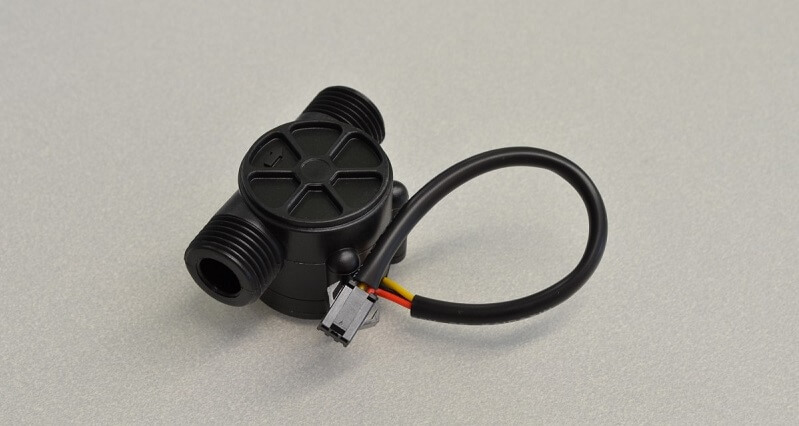The increasing technological advancements in flow sensor is expected to proliferate the demand

A flow sensor is a digital device that measures or regulates the flow rate of liquids and gasses inside pipes and tubes. Flow sensors are commonly connected to gauges to render their measurements; however, it is also connected to computer systems and digital interfaces. They are usually utilized in HVAC systems, medical devices, chemical factories, and septic systems. Flow sensors are capable to detect leaks, blockages, pipe bursts, and modifications in liquid concentration because of contamination or pollution.
The increase in demand for Flow Sensor Market in the oil & gas industries is one of the noteworthy growth enablers due to an extensive demand for fossil fuel-based energy sources coupled with increasing penetration in the automotive sector.For instance, according to the BP statistical review of world energy, 2021, the primary (coal, oil, and natural gas) fuel consumption is around 84% and is expected to increase in the coming years. Additionally, technological advancement is the key factor that has increased the demand for flow sensors across various applicationsdue to extensive technological development including use of wireless monitoring & control, digital readouts, and advanced sensors. The integration of IoT (Internet of Things) will further help in automatic meter reading that collects data automatically and remotely. For instance, in February 2021,Flusso partnered with Pelion the USA based company, the connected device service provider. Due to this partnership Flusso, accelerate the development and roll-out of connected flow sensing products and systems based on its unique FLS110 flow sensor.
Some of the key players Flow Sensors Market report include
- Hach Company (US)
- First Sensor AG (Germany)
- Bopp & Reuther Messtechnik GmbH (Germany)
- Faure Herman (France)
- Keyence Corporation (Japan)
- OMEGA Engineering (US)
- Emerson Electric Co. (US)
- Siemens AG (Germany)
- Sika AG (Switzerland)
- TSI Incorporated (US)
Water & wastewater is expected to be the largest end-use industry in the flow sensor market. Stringent regulations made by governments across the globe to aid the goals of sustainability and zero carbon emission are facilitating the need for the clean discharge of effluents from manufacturing plants. In the water & wastewater industry, applications of flow sensors encompass water consumption metering, dosing of water treatment chemicals, leakage deduction & reduction, measuring water consumption in irrigation systems, groundwater consumption, monitoring influent and effluent water amount in waste treatment plants, correct billing & water consumption tracking, monitoring a track of water flow among reservoirs, municipal network load tracking, purge treatment, greywater recycling, anaerobic digestion, biogas measurement, residential sub-metering, and application management. For instance, according to the IDTechEx, the flow sensor market for water & wastewater treatment is expected to be over USD 2Bn by 2030.
By Product Type
- Differential Pressure
- Positive Displacement
- Open Channel Flow
- Velocity Flow
- Others
By End-User
- Food & Beverage
- Oil & Gas
- Power Generation
- Automotive & Transportation
- Healthcare
- Paper & Pulp
North America is expected to dominate the flow sensor marketowing to well-developed oil &gas, chemical, and power generation companies. For instance, according to the US Department of Energy, the hydropower sector is projected to grow from 101GW in 2021 to 150GW by 2050. Moreover, the U.S. in the North American region holds the prominent position as an exporter of chemicals and a rebounding manufacturing sector that contributed to the growth of the flow sensor market.
The current enhancements in flow sensors have made the inclusion of several superior capabilities. These capabilities have predominantly improved the calibration requirements and verification tools. These advancements have positively encouraged the products and made them lightweight and easy to operate. One of the most essential upgrades in these models is their extended customizability.
The emergence of computer processing has positively influenced the functionalities of the flow sensors to work due to the low-cost memory chips.
Get More Information at: https://www.alltheresearch.com/report/105/flow-sensor









